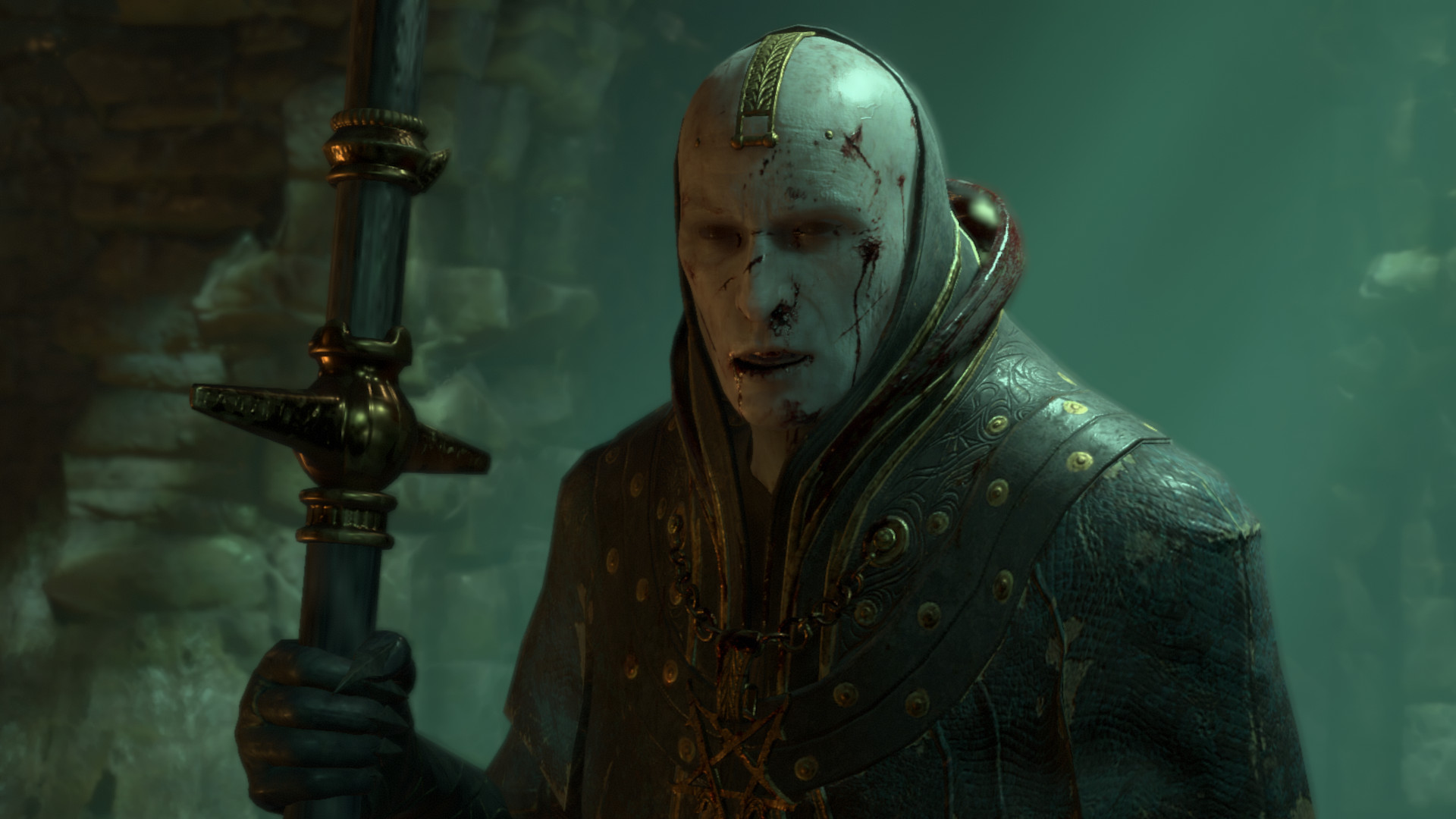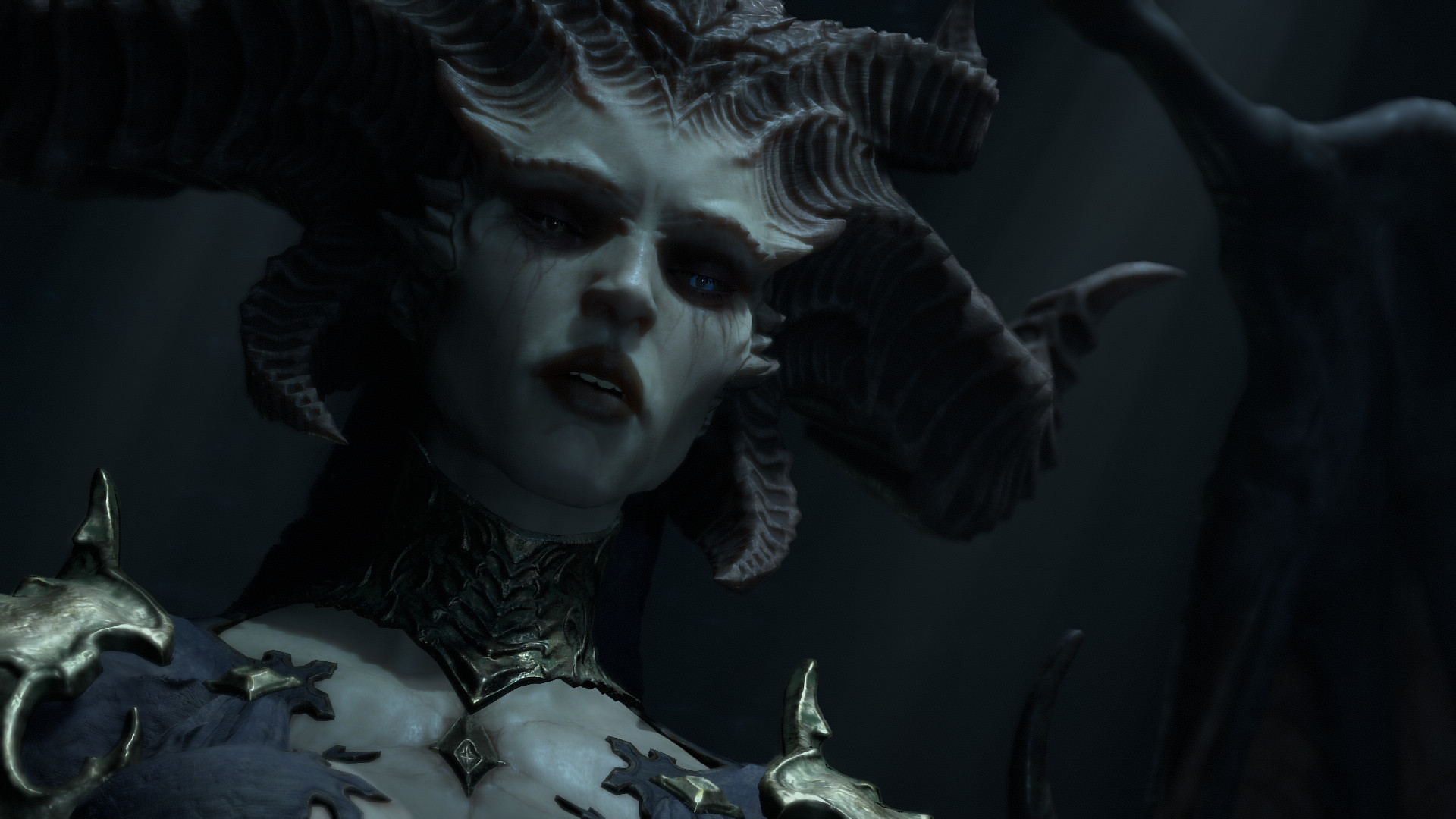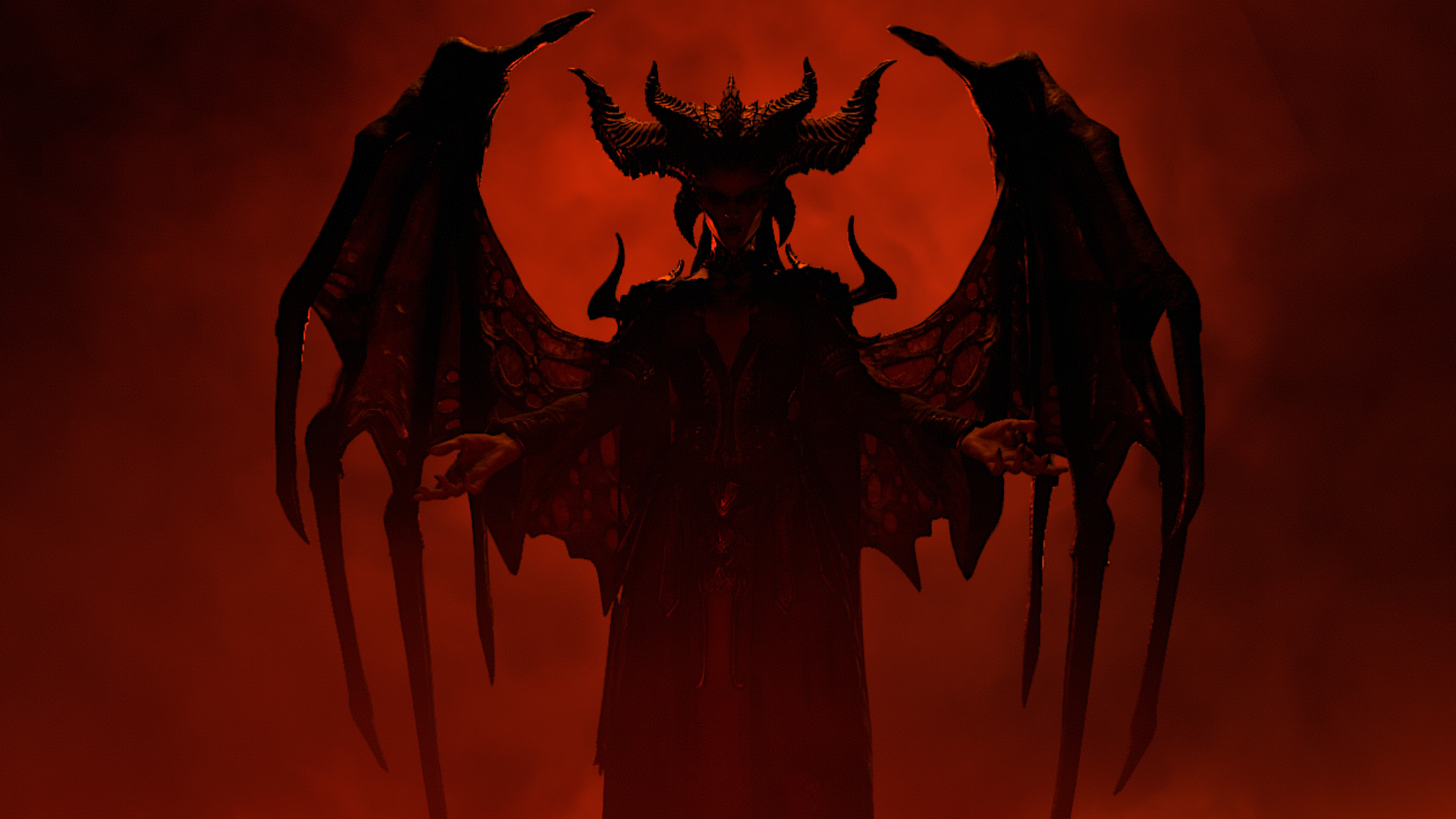
The Sins of the Horadrim season is now live, and we're bringing you the best Diablo 4 settings for both PC and Steam Deck if you plan on jumping into the hugely popular ARPG for this latest content drop. Whether you're chasing the best visuals, performance, or mix of both, our tests offer an ideal starting point for you to use and improve your experience in-game.
Our Diablo 4 review waxes lyrical about the game's "harrowing vistas" and "over-the-top gore", but all this eye candy can push both your CPU and GPU hard. As such, it's important to check what tier of the Diablo 4 system requirements your PC meets before leveraging optimal settings for a frame rate boost. Thankfully, there are some Diablo 4 settings you can tweak for a sizeable performance uplift without greatly impacting visuals.
- Resolution Percentage: 100%
- Temporal Reconstruction: Off
- DLSS: Quality
- Nvidia DLSS Frame Generation: On (2x)
- Texture Quality: High
- Anisotropic Filtering: 16x
- Shadow Quality: Highest
- Dynamic Shadows: On
- Soft Shadows: On
- Shader Quality: High
- SSAO Quality: High
- Fog Quality: High
- Clutter Quality: High
- Fur Quality: High
- Water Simulation Quality: High
- Anti-Aliasing Quality: High
- Geometric Complexity: High
- Terrain Geometry Detail: High
- Physics Quality: High
- Particle Quality: High
- Reflection Quality: High
- Screen Space Reflections: On
- Distortion: On
- Low FX: Off
We determined the best Diablo 4 settings by testing the game rigorously during the open beta phases and following the action RPG's release, noting each option's effect on performance visuals, meaning they should ward off any unwanted frame rate dips. The above settings resulted in an average of 210fps with highs of 230fps and rare drops below the 150fps mark. Just to be clear, this is also at 1440p rather than 1080p.
Unfortunately, it doesn't appear as if there's any Diablo 4 benchmark tool on the horizon, so you'll need to make on-the-fly adjustments based on your in-game experience. That said, we do have some options that we'd suggest starting with.
Both Texture Quality and Water Simulation Quality could introduce problems based on your GPU's VRAM capacity. If you're using a graphics card with 8GB of memory or less and are experiencing issues, we'd suggest turning Texture Quality down to medium. Additionally, if your processor is on the weaker side, we'd suggest turning down the game's Physics Quality.
If you're lucky enough to own an Nvidia RTX 4060 Ti 8GB or another GeForce RTX 40-series graphics card like we used, you can also employ Nvidia DLSS Frame Generation to bolster your frames per second, too. Just make sure you've updated your drivers to enable this feature.
The above settings should guarantee a great balance between visual quality and performance. If you've got an older rig, you might need to compromise in some areas, but Diablo 4 isn't a very graphically intensive game, so you should be able to run it without too many problems.
Best Diablo 4 settings for Steam Deck
- Resolution Percentage: 100%
- Temporal Reconstruction: Off
- AMD FSR: Balanced
- Texture Quality: Medium
- Anisotropic Filtering: 16x
- Shadow Quality: Low
- Dynamic Shadows: On
- Soft Shadows: On
- Shader Quality: Medium
- SSAO Quality: Low
- Fog Quality: Medium
- Clutter Quality: Medium
- Fur Quality: Medium
- Water Simulation Quality: Low
- Anti-Aliasing Quality: Medium
- Geometric Complexity: Low
- Terrain Geometry Detail: Low
- Physics Quality: Medium
- Particle Quality: Medium
- Reflection Quality: Medium
- Screen Space Reflections: On
- Distortion: On
- Low FX: Off
Using the above settings, you can expect anywhere between 40-60fps, depending on the level of activity on screen at any time. In big mob fights, the frame rate is going to skew closer to the 45fps line, whereas during exploration, particularly in dungeons, you will see the frame rate sit on the higher side of this range.
These settings also factor in decent battery life, meaning you can expect around 3 hours of battery life on a Steam Deck LCD, while you'll get closer to 5 and a half hours on an OLED.
Alternatively, you can choose to stick with the default graphics settings on the Steam Deck, which are pre-selected when you first boot the game. This is done to obtain a Steam Deck Verified rating.
Diablo 4 graphics presets
- Low
- Medium
- High
- Ultra
- Ray Tracing Low
- Ray Tracing Medium
- Ray Tracing High
- Ray Tracing Ultra
There are plenty of presets to pick from in Diablo 4, whether you're planning on using ray tracing or not. Switching between presets can cause quite a delay in the game as it makes the required changes, but this is better than having to do a full restart, as can occur in some other games.

As can be seen in the image above, there is a huge difference in image quality between the ultra and low graphics presets, with far more detail available in the higher setting, as is to be expected.
However, it's quite remarkable to see how extremely different everything looks, from the environment to shadows and character details. This showcases a massive gap in quality that shows why Diablo 4 still runs great on dated hardware while still satiating those with powerful gaming PCs.
How we test Diablo 4
We at PCGamesN tested these settings on the following rig: MSI MPG Trident AS 11th gaming PC, featuring an Intel Core i7 11700F, MSI Ventus 2x Nvidia GeForce RTX 4070, 32GB of DDR4 3,200MHz RAM, MSI B560 motherboard, and Windows 11.
We keep this testing rig updated to ensure it matches a typical modern setup that isn't exactly budget but also isn't overly powerful. Upgrades are made to this setup from time to time, and we aim to revisit popular live service games to ensure we update the new recommended settings.
For the Steam Deck, we use an OLED model and monitor performance using the tracking data available in the Steam quick access menu. We test all games at the native 1,280 x 800 resolution unless otherwise stated.
Do you need an SSD for Diablo 4?
While Diablo 4 can be played on an HDD, Blizzard recommends the use of an SSD for performance reasons. Your load times will also be much faster when using the more modern storage solution.
Many games are moving away from old-school mechanical drives and recommending SSDs instead. Few games still can't be installed on an older drive, but the performance hit means upgrading to one of the best SSDs for gaming is a worthwhile investment.
How to monitor performance in Diablo 4
If you want to keep an eye on performance in Diablo 4, we have an easy method that works whether you're using an Nvidia or AMD graphics card.
For Nvidia cards, ensure you have the Nvidia App installed and the in-game overlay enabled, and then hit ALT + R in-game to bring up your performance monitor. With AMD cards, you can enable performance monitoring via the Radeon overlay using the shortcut CTRL + SHIFT + O.
Alternatively, you can download free software such as CapFrameX or Nvidia FrameView, to get a cleaner, more simplified benchmarking tool that works with any graphics card.
With handheld gaming PCs, most will have a dedicated button to access a quick menu from which performance monitoring, sometimes called real-time monitoring, can be accessed.
Outside of settings considerations, we've spent hours creating lists of the best Diablo 4 classes and best Diablo 4 builds, so you can start your adventure on the right foot. Don't forget to check out our lists of the Diablo 4 world boss locations and Diablo 4 unique items, too. We've also got a guide on how to get your Diablo 4 Steam Deck fix, with all the information you need to get Diablo 4 running on your Steam Deck.
You can follow us on Google News for daily PC games news, reviews, and guides. We've also got a vibrant community Discord server, where you can chat about this story with members of the team and fellow readers.






